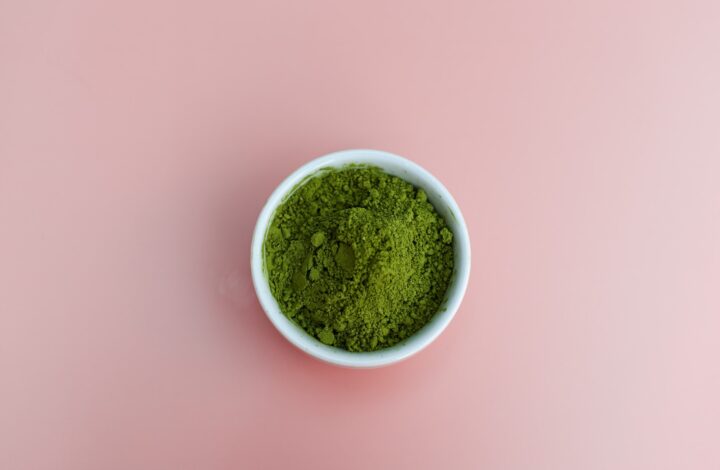Kratom: A Natural Alternative for Pain Management and Opioid Withdrawal
Pain management is a common issue that many individuals face daily, from chronic pain to acute injuries. Over the years, prescription opioids have been prescribed to help manage pain. However, opioids have caused an epidemic in the United States, leading to addiction, overdose, and even death. As a result, many individuals are searching for safer and more natural alternatives to manage their pain.
One such option that has gained popularity in recent years is the plant-based supplement Kratom. Kratom, scientifically known as Mitragyna Speciosa, is a tree native to Southeast Asia that traditional healers have used for centuries. It contains alkaloids with pain-relieving properties and can help relieve opioid withdrawal symptoms. Kratom leaves can be ingested in tea, capsule, or powder form. There are several Kratom for sale online that are available in capsule, powder, and tea form to provide relief from pain.

Overview of Kratom’s Chemical Composition and Effects
Kratom is a plant native to Southeast Asia that has been used for centuries for its stimulating and pain-relieving properties. The plant’s leaves contain a complex mixture of over 25 alkaloids that work in synergy to produce their unique effects on the body. The two most significant of them, mitragynine and 7-hydroxy mitragynine, interact with the body’s opioid receptors to have a variety of effects, including pain alleviation, relaxation, and elevated mood.
However, further study is required to properly understand the chemical components and effects of kratom and its exact mode of action. However, Kratom is gaining popularity as a natural substitute for conventional pain management and opioid withdrawal therapies.
Potential Benefits for Pain Management and Opioid Withdrawal
Southeast Asian native tropical evergreen tree kratom has been used for generations in traditional medicine. It has become more well-known in recent years as a natural alternative to opioid withdrawal and pain management in the West.
- Kratom contains alkaloids that target the brain’s opioid receptors, providing pain relief and easing withdrawal symptoms.
- Additionally, when compared to opioids, Kratom has been shown to have lower side effects, including no respiratory depression.
- Although more research is needed to fully understand the potential benefits of Kratom for pain management and opioid withdrawal, early studies indicate that it may be a promising natural alternative for those seeking relief from chronic pain or opioid addiction.
Considerations for Safe and Responsible Use
When using kratom for pain management or opioid withdrawal, it is important to keep in mind several considerations for safe and responsible use.
- Firstly, it is essential to understand the correct dosage of kratom for your body. Taking too much can lead to unwanted side effects, such as nausea and dizziness.
- Secondly, it is advisable to purchase kratom from a reputable source, as some vendors may sell adulterated or contaminated products that can pose health risks.
- Thirdly, it is important to acknowledge that kratom may interact with certain medications or medical conditions, so it is best to consult with a healthcare provider before use.
- Lastly, it is crucial to avoid mixing kratom with other substances, such as alcohol or opioids, as this can increase the risk of adverse effects and potentially dangerous interactions.
In Conclusion
Kratom is a promising natural alternative for pain management and opioid withdrawal. While the research on its effectiveness is still limited, and more studies are needed, some studies show that it can help alleviate pain, anxiety, and stress without the addictive side effects of opioids.
However, it’s important to note that Kratom can also have potential side effects, and it’s not regulated by the FDA. Therefore, anyone considering using Kratom to manage their pain or opioid withdrawal should consult with a healthcare provider before starting.


